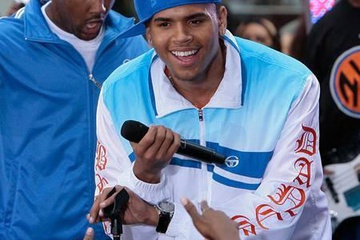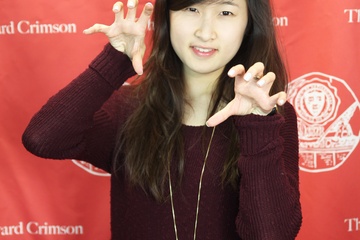Hilton Als is a staff writer for the New Yorker. He wrote “The Women,” and recently published a new novel, “White Girls.”
1) Fifteen Minutes Magazine: Your last novel, “The Women,” came out in 1996. Why the long gap in between books?
Hilton Als: That’s a complicated response, but I think that the response to attention was very weird for me. One of the things I liked about writing for a magazine was a kind of anonymity. When you do books, it’s different than magazine pieces because you become a “figure.” I think I was a little bit freaked out by the attention and by my family’s response. When you write [novels], you’re called upon to be an author, and I don’t think I was really ready to be an author until I was older.
2) FM: And you consider your role as a magazine writer different?
HA: One of the things that’s great about writing for a magazine is that every week you get to be a different person. You’re writing different things all the time, and not slogging along for years on something. And I liked things disappearing after a while. There’s a great Derek Walcott poem: he’s sitting by a pool, and wishes his words would disappear like the steam on the pool. And that’s how I often feel.
3) FM: “White Girls” is written in a style somewhere between essay and fiction. Was that an attempt at a compromise?
HA: I was trying to write in any way that the subject, or the idea, dictated. I didn’t want to write a book that had anything to do with my idea about the novel versus nonfiction; I was looser in my thinking.
4) FM: Has your approach to writing novels changed since "The Women"?
HA: For sure. Although there are similarities—things I obscured or changed in order to protect family members—certain narratives are different from what I said in the first book. But I didn’t mind that; I liked the freedom of going in and out of something that had been obscured or changed. When you work at a magazine, you have to tell the truth. When you’re not working in that format, it’s fun to see where your mind takes you when the dictates have nothing to do with anyone but yourself.
5) FM: “Triste Tropique,” the first essay in the book, also seems to be the most autobiographical.
HA: It was the last thing I wrote, and I wrote it relatively quickly. If you think about any great non-fiction books—Joan Didion’s “The White Album,” or James Baldwin’s “Notes of a Native Son”—there’s always one piece that’s really unifying. And “Triste Tropique,” specifically, was something I had to tell. It was the weirdest thing: when I looked back after writing it, I realized that the woman in it was a character in so many other things I’d already written. She was Louise Brooks, as well as many others. It was a very interesting way of writing about something I loved, and it would be untrue to the experience to say she was one person—she’s all those different people.
6) FM: Even though the book is semi-autobiographical, it frames your narrative through several nonfictional analyses of others—Truman Capote, Michael Jackson, Eminem, etc. Was there one figure with whom you identified most?
HA: I was most interested in Truman Capote’s queerness, as a very brave thing to do in Eisenhower-era America. Not the writing, but the performance of queerness was very emboldening to me. I felt deeply, weirdly excited about how out there he was at such an early age, and there’s something to be said about that sort of bravery.
7) FM: Did you view Capote this way before “White Girls”?
HA: During the early part of learning to write, he was a definite figure for me in that kind of honesty about your sexuality. And it all starts there: he wasn’t closeted, and his first novel was about queerness, which I think was very significant. It was a huge relief, in a way, to be different and know that he had been there first.
8) FM: What about the opposite—were there any figures that emerged for you during the process of writing?
HA: Eminem was someone that I discovered I liked, largely because of his relationship to language, and to his mother. Her hysteria was something that he had inherited, but he was able to do something with it.
9) FM: The chapter on Eminem raises questions on the dynamic between race and privilege, which is a dialogue that’s been occurring recently on college campuses such as Harvard. Do you have any advice for how our generation should go about addressing these questions?
HA: What I think is different is that you guys are even having the conversation about it and are very pointed in doing so. I was just going through some music that I listened to when I was your age, an album called “Off White” by James White and the Blacks, and a lot of it was about his appropriation of black culture. There was something so painfully awkward and beautiful about it at the same time. But you guys are way more sophisticated than we were in talking about this stuff, and the fact that the questions exist at all is really amazing.
10) FM: The book’s title draws some heads. Did you intend it to be provocative?
HA: Was it provocative when Richard Wright wrote “Black Boy,” or when Toni Morrison wrote “Tar Baby,” or James Weldon Johnson’s “Autobiography of an Ex-Colored Man”? I don’t know. I wanted a title that didn’t say something about me, but about an “other” that was politically or economically close to who I was, but who was different, and also had a degree of visibility that none of the other characters had reached. There was a phrase that I had always heard in the fashion world, “black girls”—I never understood why a black girl was a black girl, and a white woman was a white woman. It was really about playing with those words.




